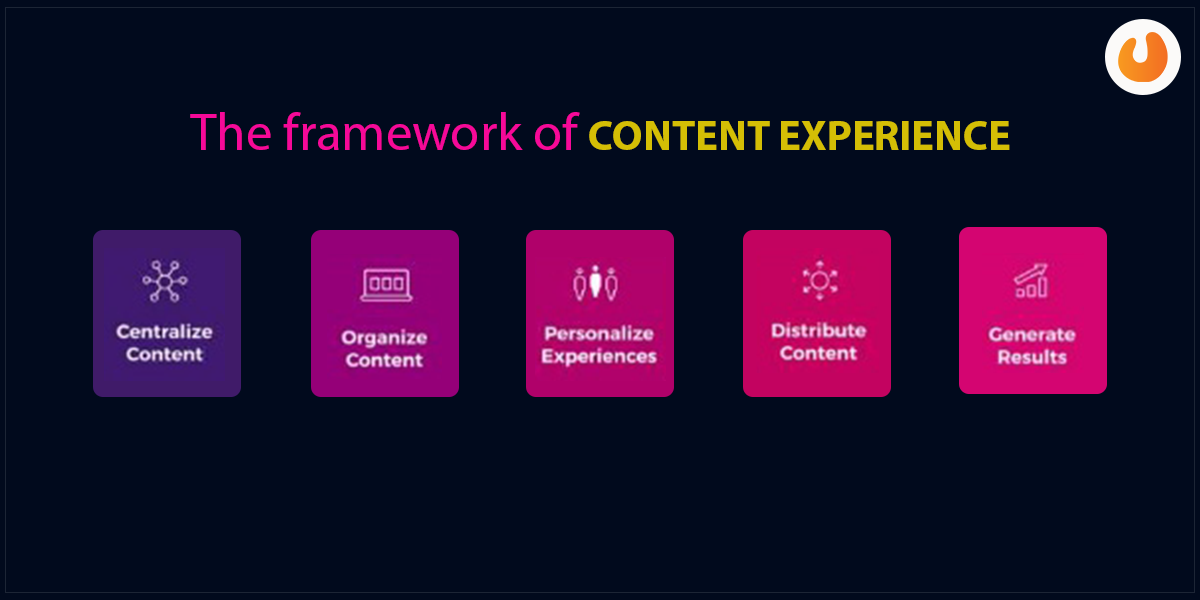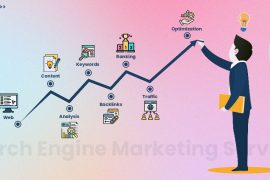Suppose you have been hired in your dream company as a content manager or content marketer but still finding yourself stuck on the content treadmill? You have been pushing out content weekly, but still, the content doesn’t get the traction it needs.
There have been data studies in the past years that narrates a completely different story. A study conducted by Ahrefs in 2017 suggests, 90.63% of all pages in their index get no traffic from Google, and only 5.29% of them get ten visits or less per month. Here’s a pie that reflects the study in a more organized manner,
Well, SEO professionals do come across problems like these, but there are content experiences in content marketing that make things work. Let us discuss content experiences here.
What is a content experience?
Content experiences talk about the environment where the content resides. It also signifies how the content is structured and how it compels your customers to engage with your company.

Randy Fish introduced this term in his book named “F#ck Content Marketing: Focus on Content Experience” in 2019. He says,
A content experience is (1) the environment in which your content lives, (2) how it”s structured, and (3) how it compels your prospects and customers to engage with your company.
Ultimately, mastering the content experience involves three elements:
- A strategic approach towards creating the environment in which your audience consumes your content.
- Structuring your content for easy discoverability.
- Encourage your audience to engage with you- and ultimately convert- as you lead them through the buyer’s journey.
Below are the five key terms that define content experiences even better.
A stream of brand content
In SEO content, individual pieces with their own performance metrics may consume in a disjointed fashion. A stream indicates a continuous flow of content where one piece logically flows backing up the previous one. And it adds ups to the progress of the prospect along their journey.

Across devices, channels, and platforms
This indicates a seamless and consistent experience across the preferred touchpoints.
The journey from prospect to customer
It indicates the engagement that is more than just a single interaction with a piece of content bolster over a period of time.
Personalization, timeliness, relevance, convenience, and consistency
The things mentioned here implies an enhanced experience against a deserted experience.
An integrated approach
Every time an experienced approach proves to be a greater approach. Amalgamate the impact of individual content marketing components like content marketing, content creation, and content distribution.
Also, read – Trend Analysis & How It Understands Audience Search Behavior
The framework of Content Experience
Content experience framework focuses on marketers with a more refined and scalable approach. These approaches help in creating personalized content experiences for any stage of the buyer’s journey.

This framework is applicable to all B2B marketing strategies like demand generation, inbound marketing, sales enablement, and account-based marketing. Whether you have a particular content experience platform to work for you, or you manage all this with separate tools, hacking skills, or spreadsheets, the concept won’t change in any matter.
Enhance your creativity with content experiences
Content experiences helps a lot in exploring various possibilities. One of those possibilities is to enhance your creativity. You can translate this definition into practical examples and best practices. Below are the areas that could prove vital in improving your content experience.
The Pyramid principle
The Pyramid principle is generally used in executives summaries or even newspaper articles. It helps in driving focus and attention. The crux here is,
- Start the answer first
- Always group and summarize your supporting altercations
- Order your supporting ideas logically
Resourcing libraries that assuage the search intent
The Pyramid principle stands out for the entire website and blog, meaning you would want to rethink your blog categories.
Sorted by date like done in WordPress and other CMS is far from showing relevant and meaningful information to the users when needed. Look into your blog categories as resource libraries and structure them accordingly.
Bypass the dead pages with the internal content distribution
The people who can use your content to support their efforts include,
- The support team
- The sales team
- Your invoices
Why invoices got included here in content creation?- This is because your receipt is a missed opportunity to educate, explain, and build super fans.
Consider an example here, you bought a pressure washer, but you should be clear on the guidelines mentioned to use the washer. Doing this will help you understand the concept clearly, and there won’t be any hassle in using it.
Time for the final verdict: People aren’t aware of this, but SEO content experience is the practice of engaging your visitors and creating some impactful online experiences. Powerful content is always deemed to provide content marketing to the upscaling figures. Content experience design helps a lot in getting off the treadmill of creating seamless walls of text.


 | 500+ Customer from BMBS to Fortune 500 companies
| 500+ Customer from BMBS to Fortune 500 companies







